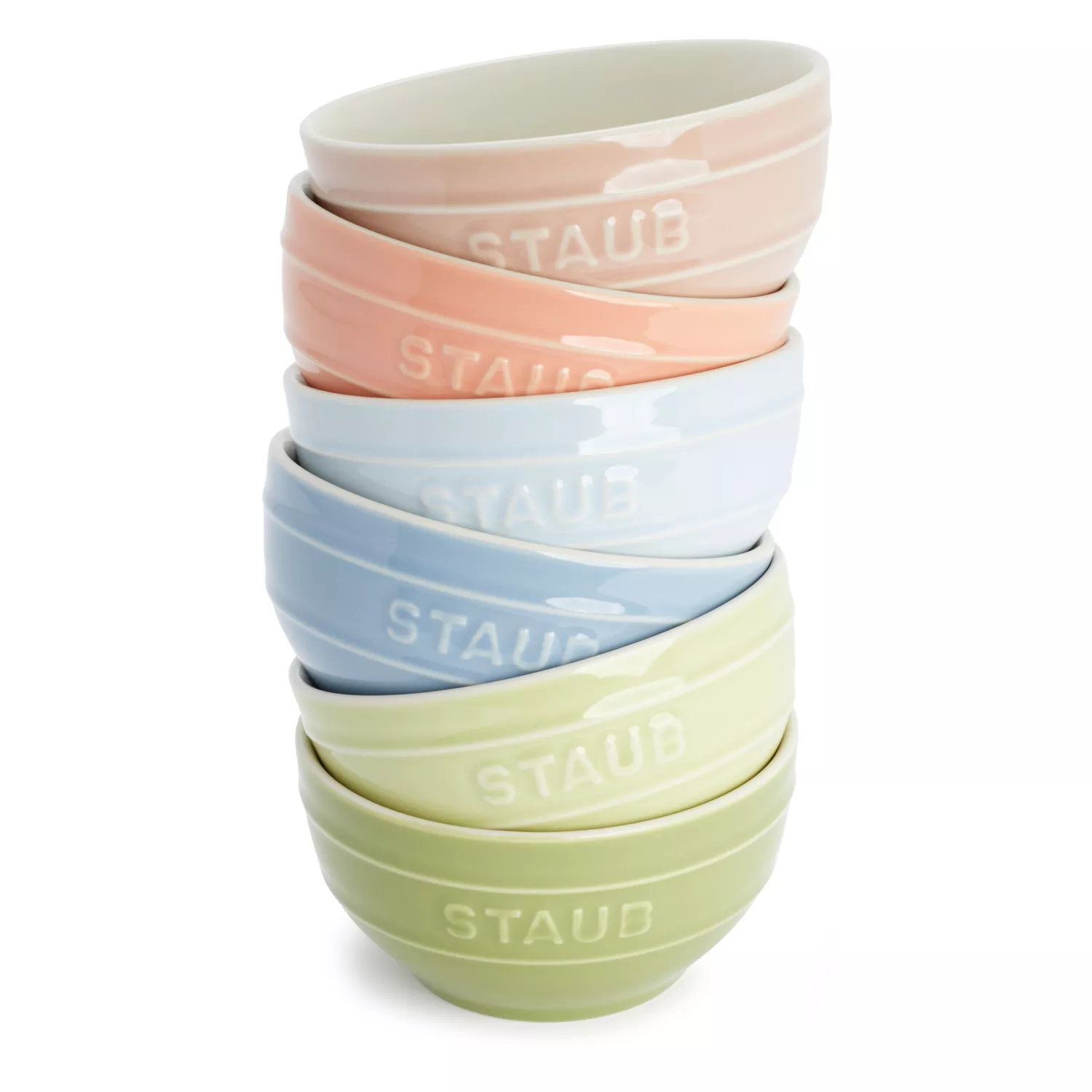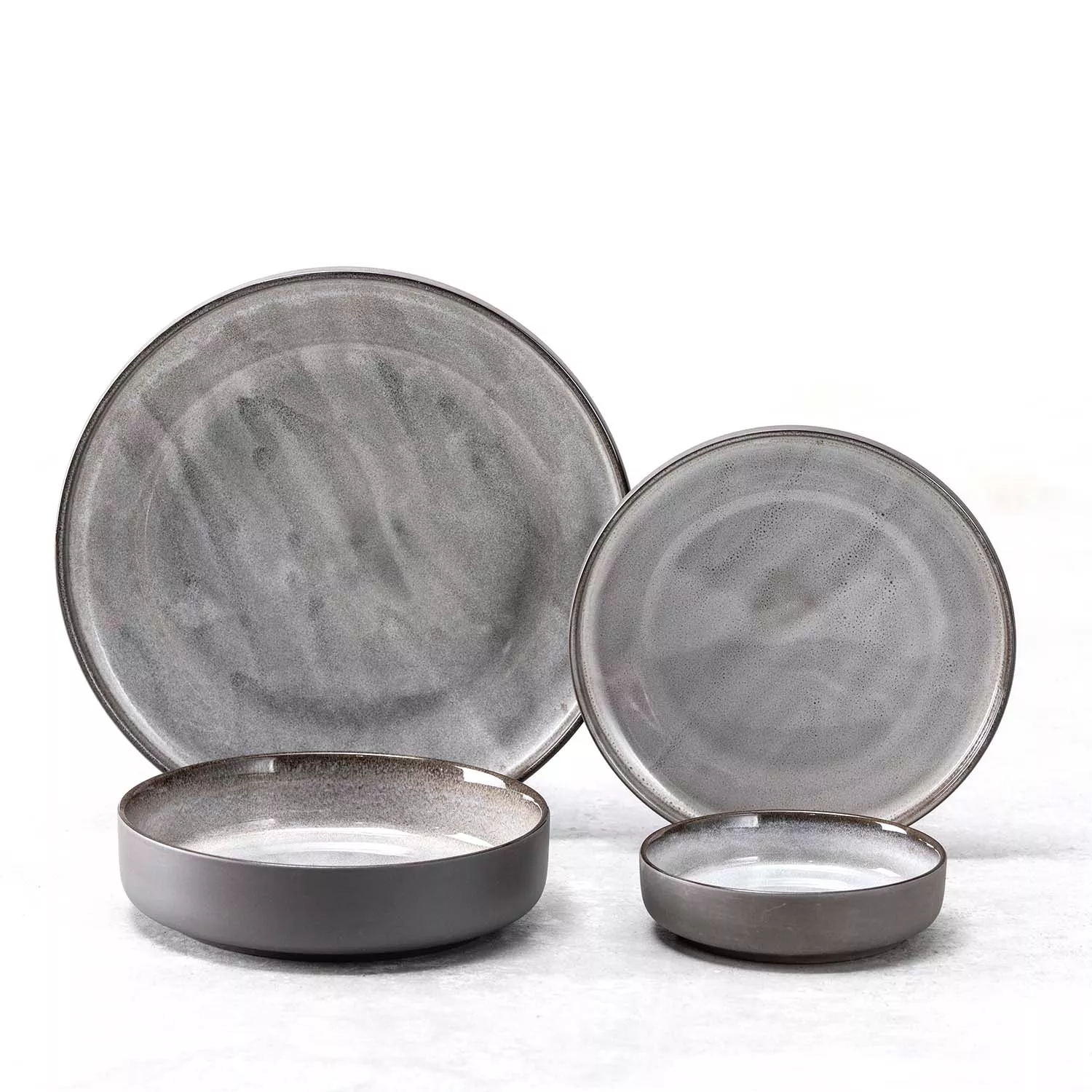Servings 4
- Amount Per Serving
- % Daily Value *
- Total Fat 12g19%
- Sodium 700mg30%
- Total Carbohydrate 60g20%
- Dietary Fiber 5g20%
- Sugars 6g
- Protein 25g50%
- Vitamin A 1 IU
- Vitamin C 6 mg
- Calcium 4 mg
- Iron 1.5 mg
* Percent Daily Values are based on a 2,000 calorie diet. Your daily value may be higher or lower depending on your calorie needs.
Keywords:
Gluten-Free Lo Mein, Healthy Chinese Noodles, Whole Health Flexi-Plan Dinner, Easy Gluten-Free Noodles, Homemade Lo Mein Sauce, Nutritious Lo Mein Recipe, Quick Gluten-Free Dinner, Vegetarian Lo Mein Option, Low Sodium Lo Mein, High Fiber Noodle Dish
Did you make this recipe?
Tag @silverforkgf on Instagram and hashtag it #silverforkgfrecipes so we can see all your recipes.
Pin this recipe and share it with your followers.




